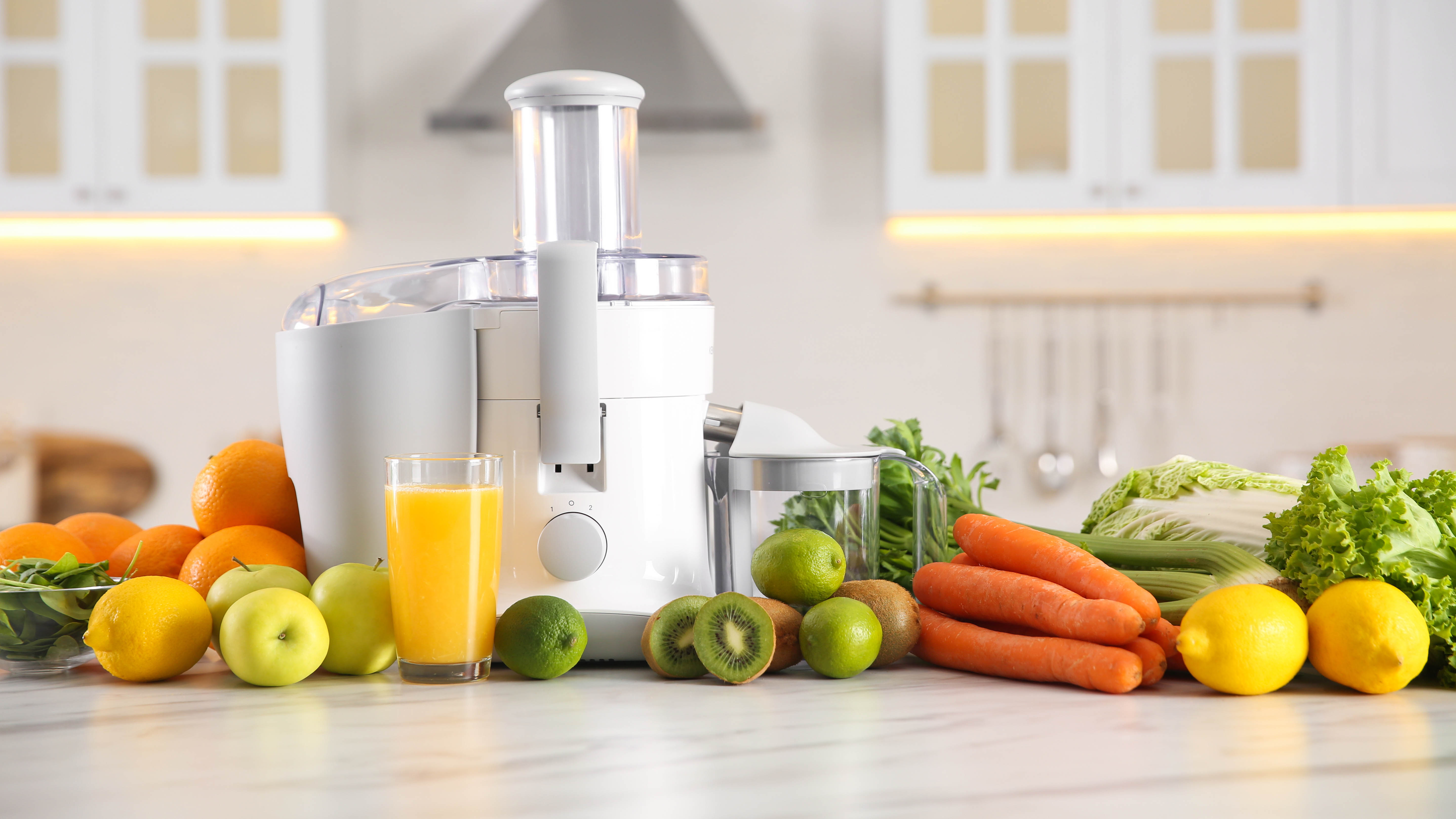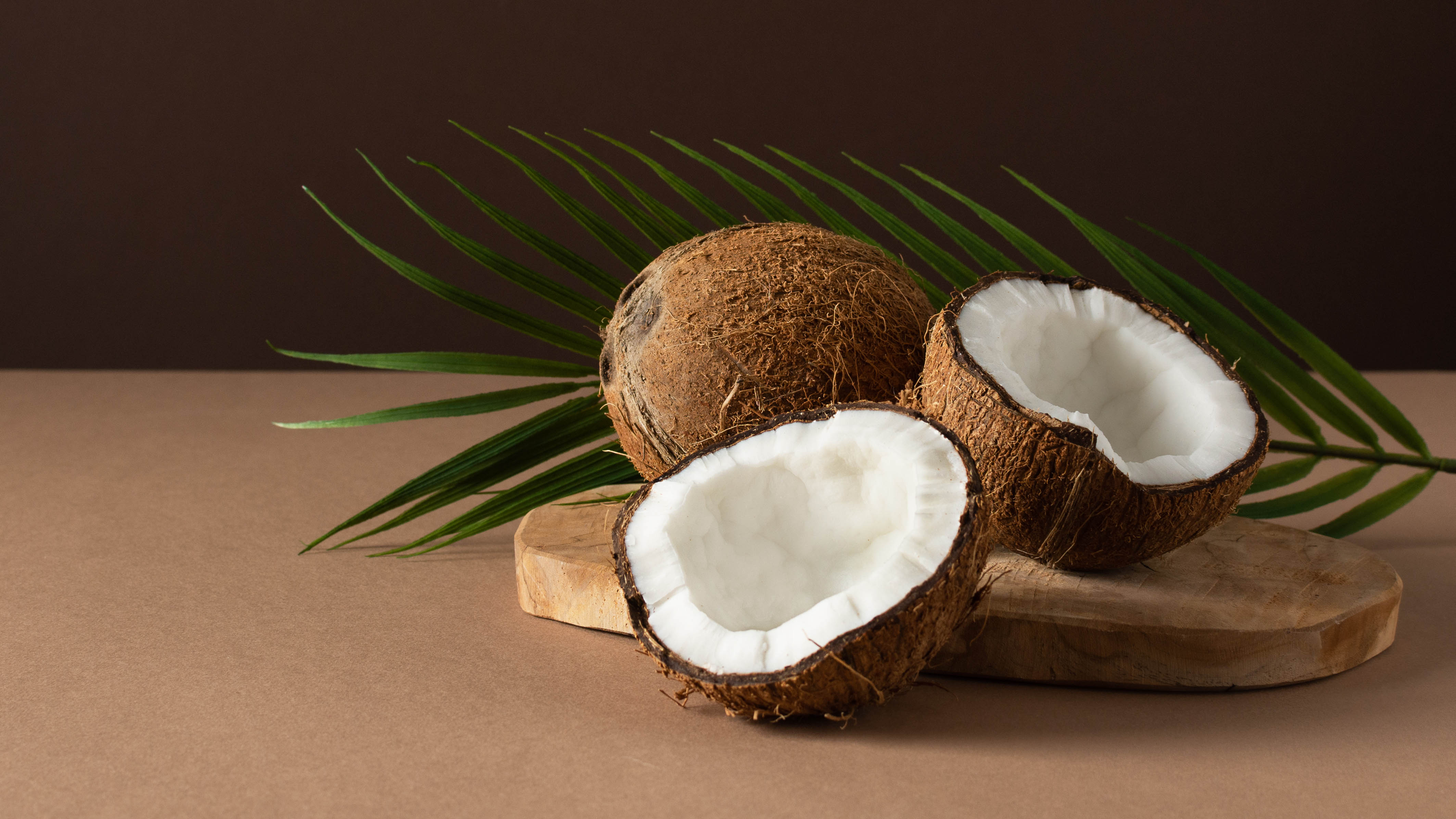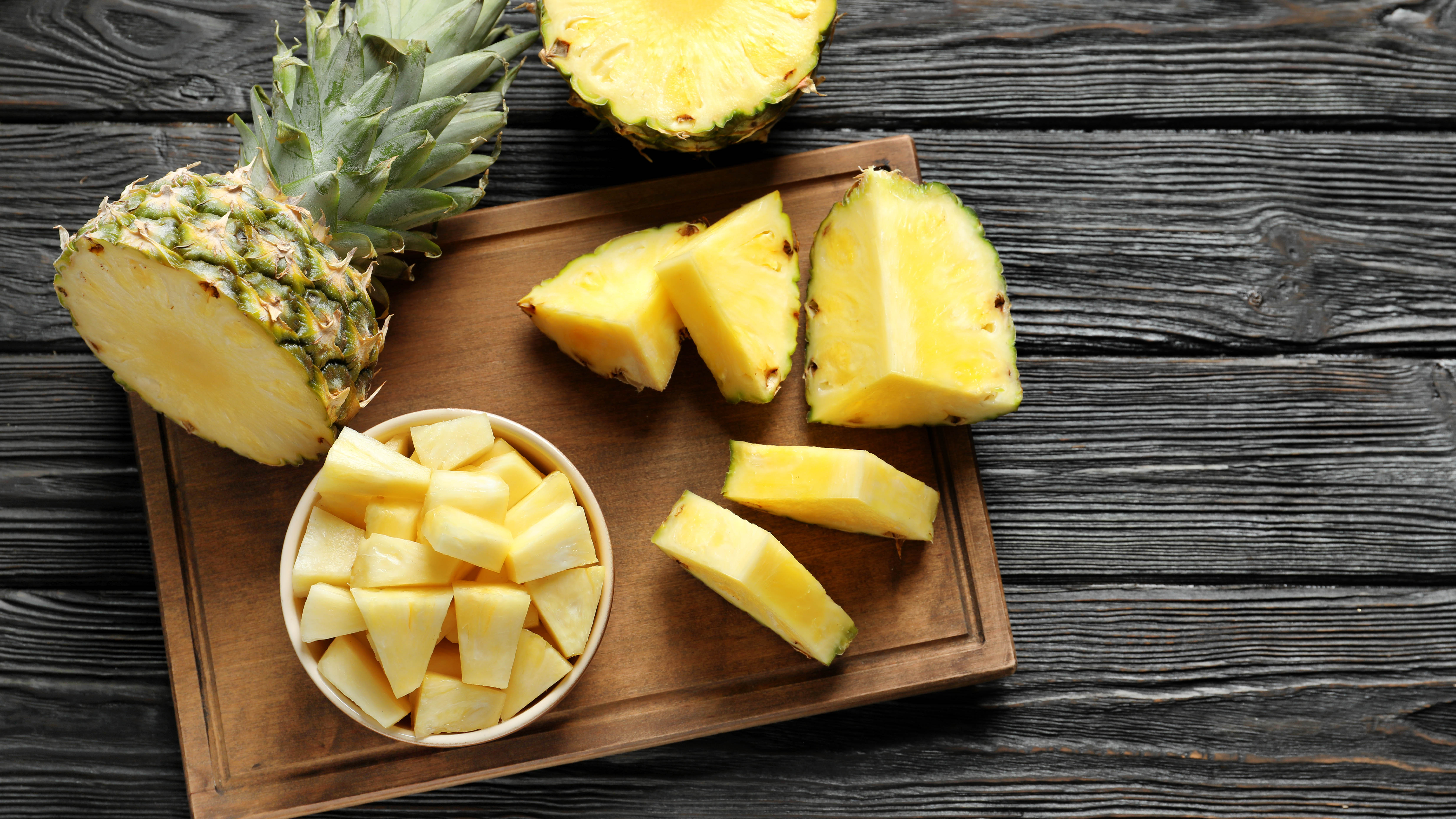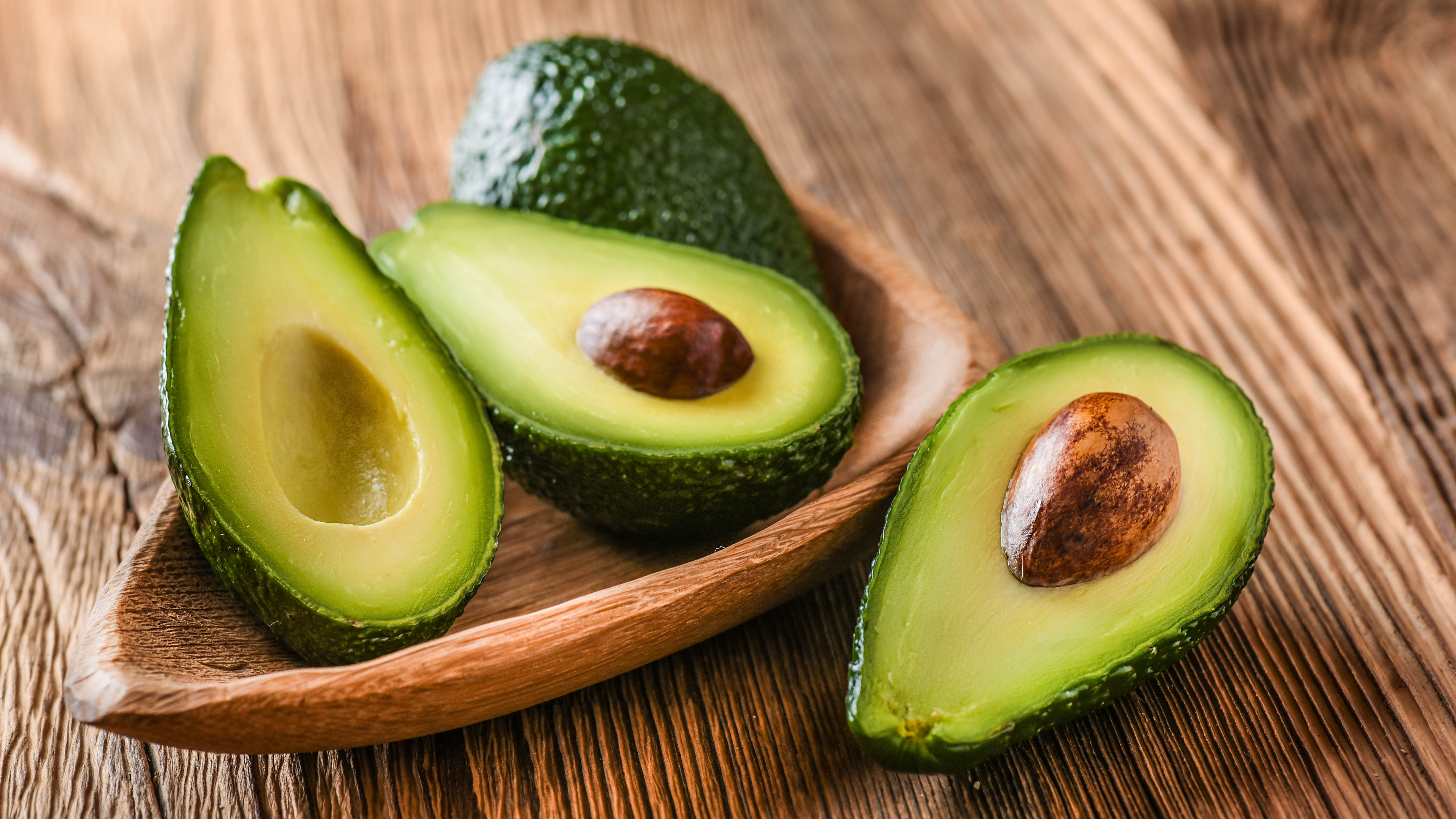9 foods you should never put in a juicer
Whatever you do, keep these foods out of the juicer

Once you own one of the best juicers, there’s no going back to pre-squeezed. These countertop appliances are brilliant for juicing all kinds of produce, from oranges, to berries, to beets and more. Whether you want something sweet, bitter or spicy, a juicer can accommodate the appropriate ingredients. However, there are some things juicers just can’t handle, and these should be avoided at all costs, otherwise you risk damaging your appliance.
Keen to learn more? Here, we breakdown exactly which produce threatens your juicer and why, giving you alternative recommendations where possible. So you can keep getting the most out of your juicer, whether you own a masticating or centrifugal design, without risk of breaking it. Here are 9 foods you should never put in a juicer.
1. Coconut

While coconuts contain water, the flesh itself is actually relatively dry and full of fiber. That means, if you try to juice it, you will just cause a mushy mess which jams up your juicer.
Keep coconut out of your juicer and reserve it for one of the best blenders instead. That way, you can add the coconut water to the mix to create homemade coconut milk.
2. Bananas
While bananas offer a good source of potassium, their consistency isn’t ideal for juicing. Bananas contain a lot of fiber, which means your juicer will struggle to extract any juice. What it will create is something which looks rather unappealing (pun intended).
Save your bananas for your blended smoothies instead. Just remember you will need to add some sort of liquid to reduce the thickness. Bananas, strawberries, milk and oats make for a great breakfast smoothie, for instance.
3. Citrus rinds

Orange juice may be one of the most popular recipes produced by juicers. However, you must remember that the rind should always be removed first. Not only will the bitter rind compromise the flavor of your juice, it can cause digestion problems when consumed, so avoid it at all costs.
Get instant access to breaking news, the hottest reviews, great deals and helpful tips.
This applies to all citrus fruits, including lemons, limes and grapefruit as well as oranges. Toss the rinds in the compost bin instead or use them to keep cats out of the Christmas tree.
4. Figs
Figs can be consumed both dry and fresh and feature a fruity, honey-sweet flavor. While the idea of fig juice may sound appealing, unfortunately the consistency just won’t work in a juicer — even if you use fresh figs.
Like many of the items mentioned beforehand, it will simply result in a mess with very little juice. If you can’t let the idea of fig juice go, you can always blend your figs via a blender and then transfer the contents to a strainer and cheesecloth to make fig juice by hand.
5. Pineapple

Pineapple is delicious, no doubt. It provides a tropical, sweet and tangy flavor, and contains plenty of nutrition, fiber and vitamins. And while this fruit indeed holds enough juice to run through a juicer, the reason we don’t recommend it is because you lose a lot of its goodness in the process.
Once the fiber and nutrients are removed, the juice you’re left with contains mostly sugar, which isn’t particularly healthy or beneficial. Stick to eating your pineapple as nature intended instead.
6. Rhubarb
Fresh rhubarb provides an unmistakably tart flavor. It works well when combined with sugar in desserts, but it’s not got the best consistency for juicing.
It’s shaped a little like celery, and is full of fiber, with a stringy, crunchy texture. That means it can prove to be difficult for a juicer, jamming it up and producing very little juice in the process. Chuck your rhubarb into your blender instead to make delicious smoothies.
7. Avocado

Avocado can make for a delicious addition to all kinds of recipes. Once it’s ripe, the flesh is soft enough to spread straight from the peel. Plus, you can learn how to grow an avocado tree from a seed.
However, while its pulp is indeed soft and creamy, there’s sadly very little juice contained within these fruits, so juicing one won’t get you very far. You’re far better off blending avocados into your smoothies.
8. Frozen fruit
Try to have patience when it comes to juicing. If you don’t give your frozen fruit a chance to thaw before you use it, it can be very difficult to process and can even damage the juicer in extreme conditions.
The National Center for Home Food Preservation recommends thawing packaged frozen fruit in the refrigerator, under running water or in a microwave for reference.
9. Ice

Likewise, ice should never go through a juicer, even if you’re looking to make fresh snow cones. The ice will likely blunt the blades and cause irreparable damage. Here are 7 top tips to get the most out of your juicer.
Some blenders, on the other hand, can handle ice. See our guide on juicer vs blender for the full distinction. Not every blender is designed for crushing ice though, so make sure you check the specifications.
For more tips tricks and how tos, check out 13 things you should never put in a dishwasher, food processor vs blender and 10 things you should never put in the dryer.

Katie Mortram used to be a Homes Editor for Tom's Guide, where she oversaw everything from kitchen appliances to gardening tools, as well as smart home tech. Specializing in providing expert advice for cleaning and home manintenance, she now works as Household Advice Editor for Good Housekeeping.
 Club Benefits
Club Benefits





